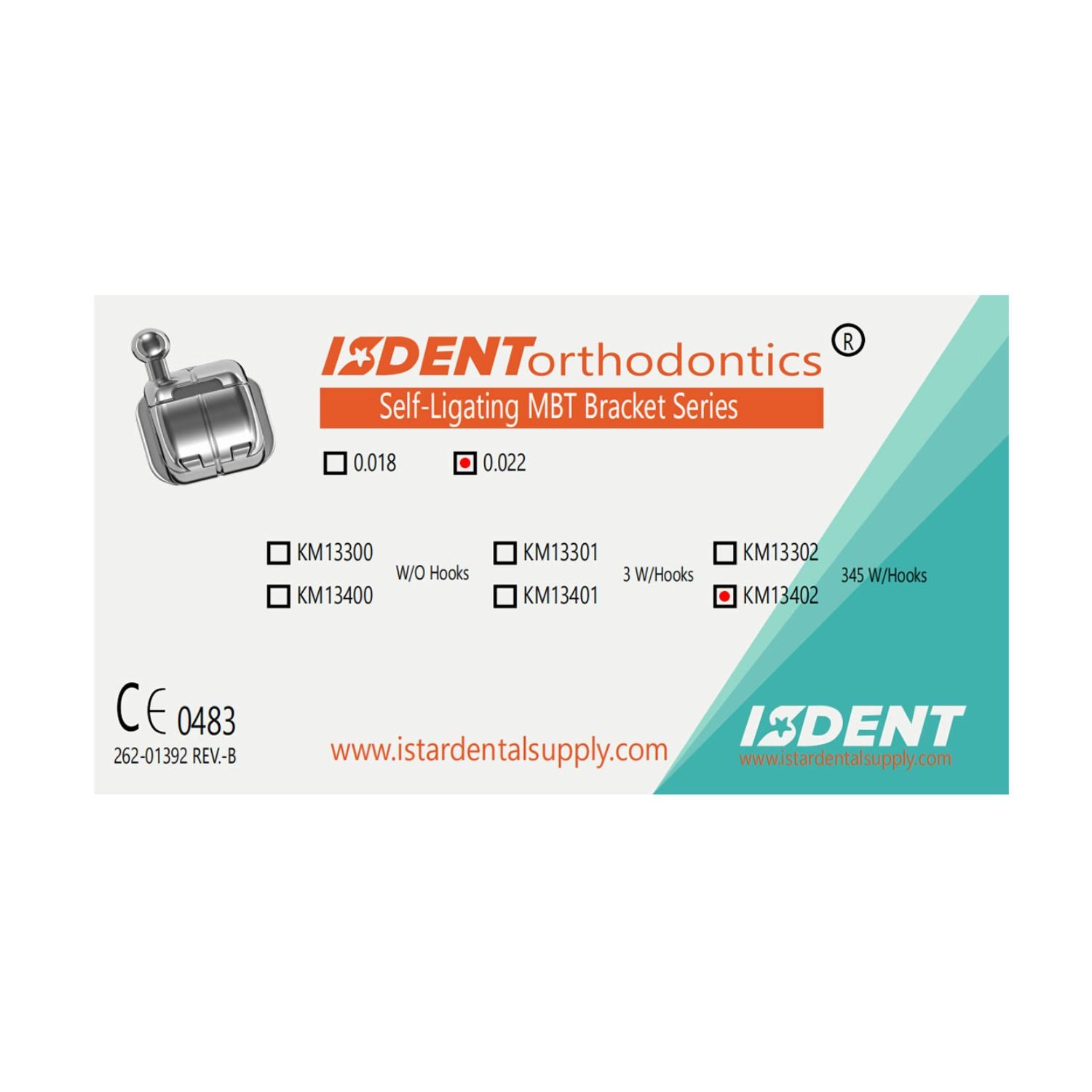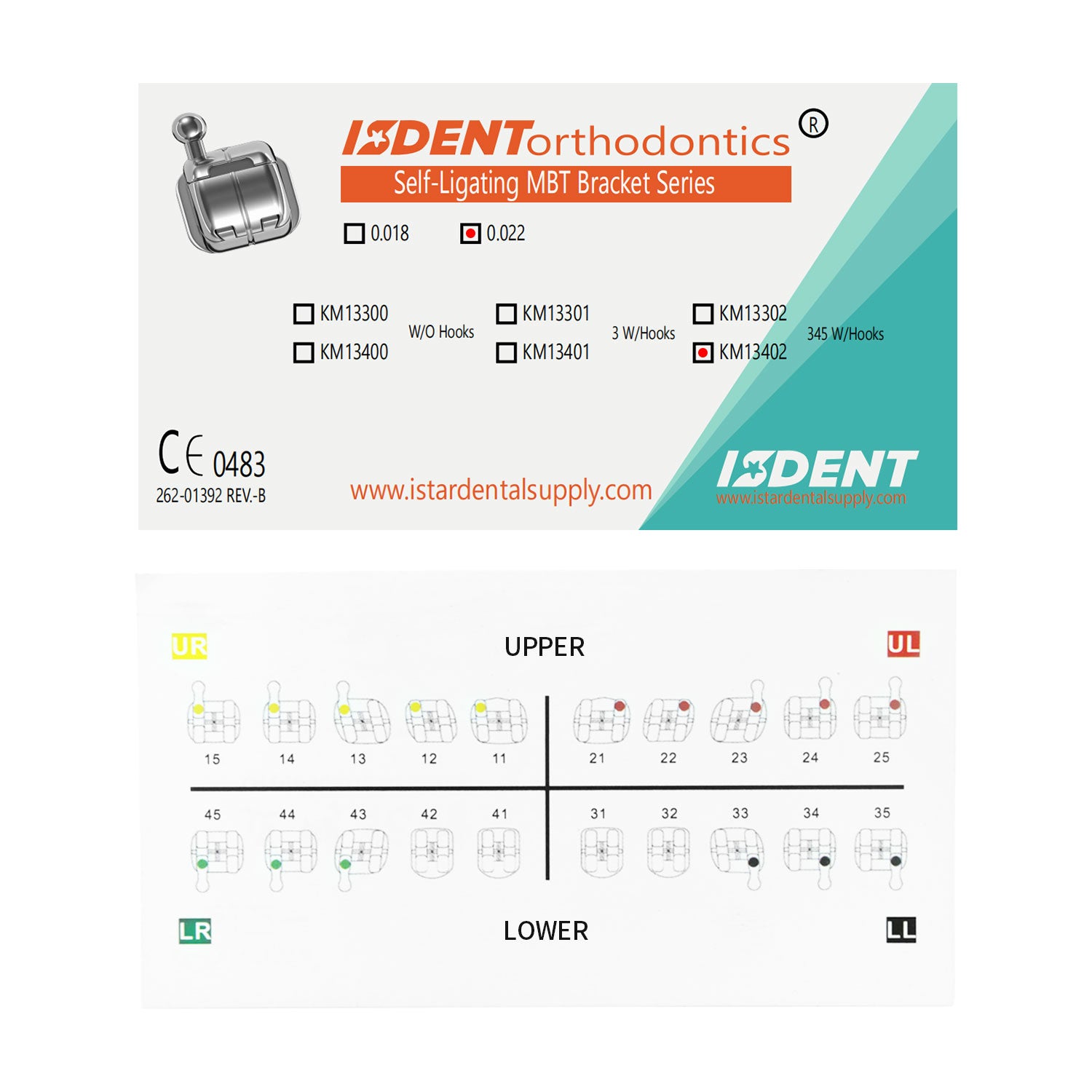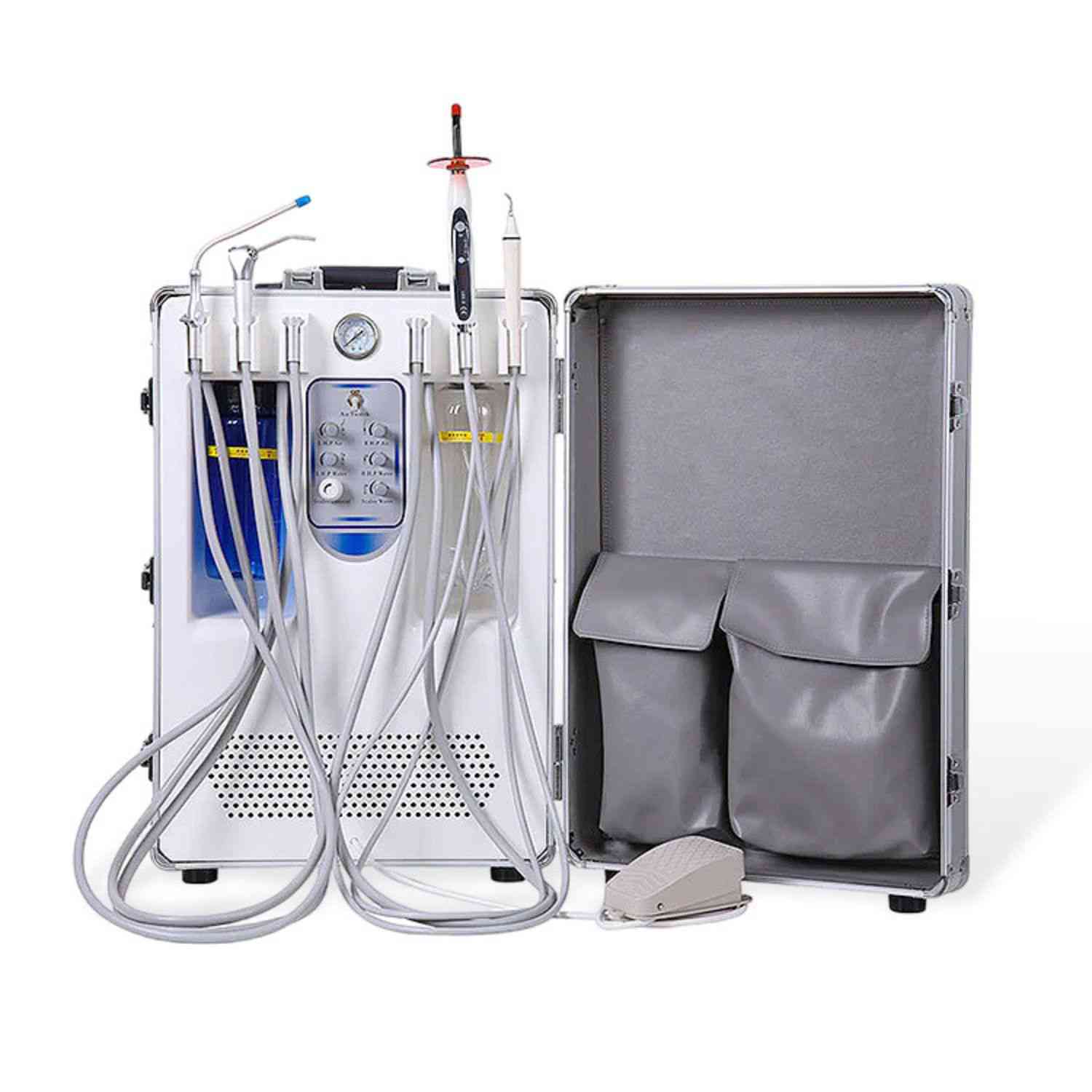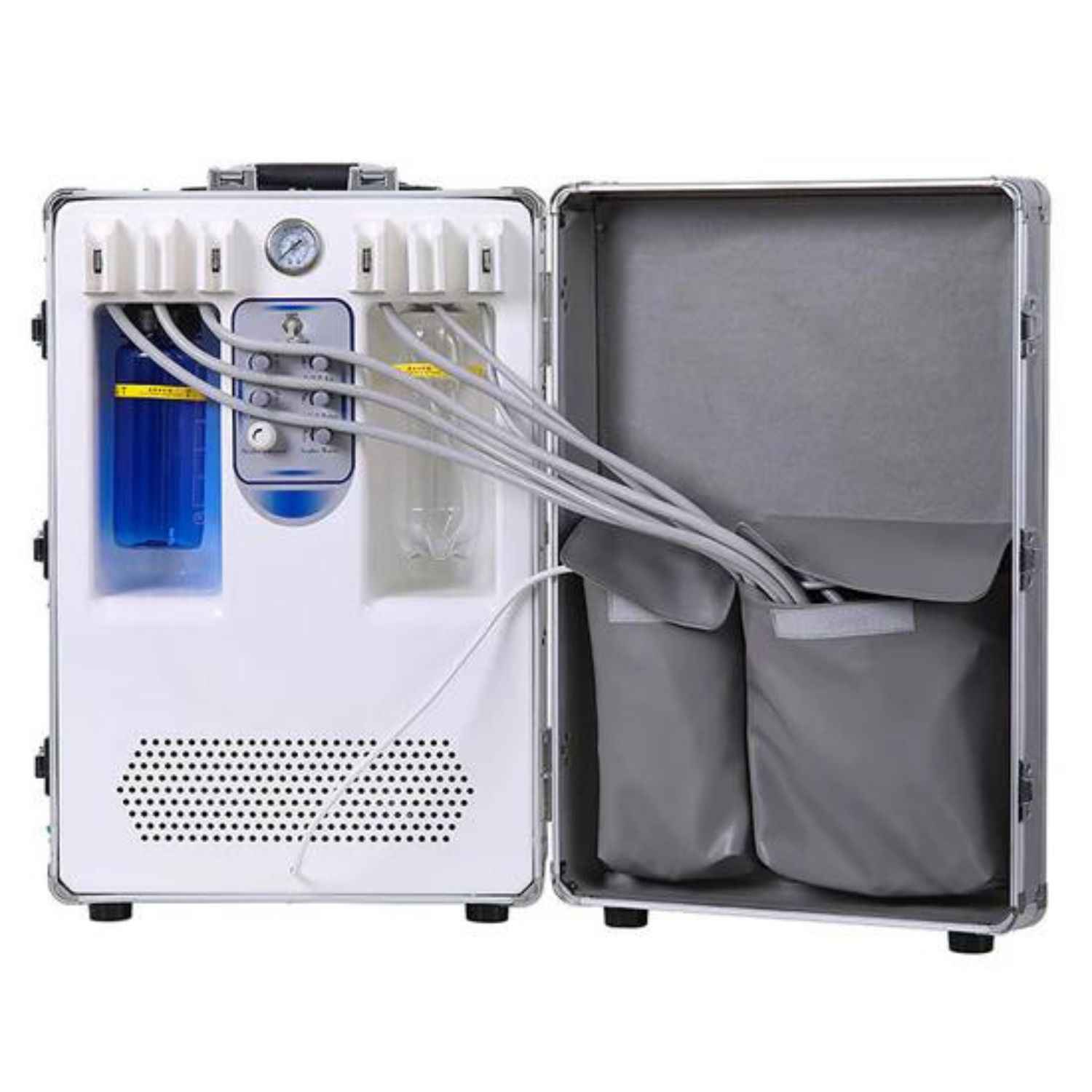If you're looking to elevate your dental practice with state-of-the-art equipment, let me introduce you to the hydraulic dental chair. This marvel of modern engineering is designed to enhance both patient comfort and the dentist's ability to perform precise procedures.
In this article, I'll walk you through how these chairs work, their advantages and disadvantages, and how they compare to electronic dental chairs. Let’s dive in and see why a hydraulic dental chair might be the perfect addition to your clinic.
What is a Hydraulic Dental Chair?
A hydraulic dental chair is a specialized piece of equipment used in dental offices to provide optimal comfort for patients and efficiency for dentists. Unlike traditional chairs, hydraulic dental chairs are equipped with a hydraulic system that allows for smooth and precise adjustments in height and position.
Imagine a patient walks into your clinic and sits in one of these chairs. They’ll experience features like adjustable headrests, armrests, and footrests, all designed to ensure maximum comfort. These chairs can be positioned in various ways to facilitate different dental procedures, making your job as a dentist easier and more efficient.

What is the Working Principle of a Dental Chair?
The magic behind a hydraulic dental chair lies in its hydraulic system. Here’s a closer look at how it works:
Hydraulic System Components
Hydraulic Pump: This is the powerhouse of the system, responsible for generating the hydraulic pressure.
Hydraulic Fluid: A specially formulated fluid that transfers force within the hydraulic system.
Cylinders and Pistons: These components convert hydraulic pressure into mechanical motion, allowing the chair to move.
Valves and Hoses: These control the flow and direction of the hydraulic fluid, enabling precise adjustments.
Operation
When you or your assistant operates the control panel, it activates the hydraulic pump. The pump pressurizes the hydraulic fluid, which is then directed through valves and hoses to the cylinders.
As the fluid enters the cylinders, it pushes the pistons, causing the chair to move. This system allows for smooth and controlled movements, making it easy to adjust the chair’s position accurately.
What are the Advantages and Disadvantages of Hydraulic Dental Chairs?
Hydraulic dental chairs come with a range of benefits and a few drawbacks. Here's what you need to know:
Advantages
Smooth and Precise Movements: The hydraulic system ensures that adjustments are smooth and precise, which enhances patient comfort and procedural accuracy.
Reliability and Durability: These chairs are built to last, making them a reliable choice for busy dental practices.
Weight Capacity: Hydraulic chairs can support a wide range of patient weights, accommodating diverse patient needs.
Customizable Positions: The ability to adjust to numerous positions ensures optimal ergonomics for both patients and dentists.
Disadvantages
Cost: Hydraulic dental chairs are generally more expensive due to their advanced systems.
Maintenance: The hydraulic system requires regular maintenance to ensure its proper functioning, which can add to operational costs.
Complexity: The advanced technology involved can make troubleshooting and repairs more complicated compared to simpler mechanical chairs.

Hydraulic Chairs Vs. Electronic Dental Chairs
You might be wondering how hydraulic dental chairs compare to electronic dental chairs. Here's a quick comparison:
Hydraulic Dental Chairs
Mechanism: Utilize hydraulic systems for movement.
Adjustments: Known for smooth and precise adjustments.
Cost: Generally more affordable than high-end electronic chairs.
Maintenance: Require regular hydraulic system maintenance.
Electronic Dental Chairs
Mechanism: Powered by electric motors and controlled by electronic systems.
Adjustments: Offer a wide range of programmable positions and settings.
Cost: Can be more expensive due to advanced features and technology.
Maintenance: Require electronic system maintenance, which can be less frequent but potentially more costly.
Key Features to Consider When Choosing a Dental Chair
When selecting a dental chair for your practice, whether hydraulic or electronic, certain features are crucial to ensure it meets your needs and provides the best experience for your patients. Here are some key features to consider:
Ergonomics
Patient Comfort: Look for chairs with cushioned surfaces, adjustable headrests, and armrests to maximize patient comfort.
Dentist's Accessibility: Ensure the chair can be adjusted to various positions that allow you to work efficiently without strain.
Durability
Material Quality: Choose chairs made from high-quality materials that are resistant to wear and tear.
Warranty: Consider the warranty offered, as it can be an indicator of the chair's expected lifespan and the manufacturer's confidence in their product.
Functionality
Control System: Evaluate the ease of use of the control system, whether it is hydraulic or electronic.
Additional Features: Look for additional features such as built-in heating, massage functions, or integrated lighting, which can enhance the overall experience.
Conclusion
Investing in a hydraulic dental chair can significantly improve the functionality of your dental practice. These chairs offer unparalleled comfort for your patients and ease of use for you, the dentist.
By understanding how hydraulic dental chairs work and weighing their advantages against their disadvantages, you can make an informed decision that best suits your practice.
Whether you opt for a hydraulic or an electronic dental chair, choosing the right equipment is key to providing excellent dental care and enhancing your clinic’s efficiency.







